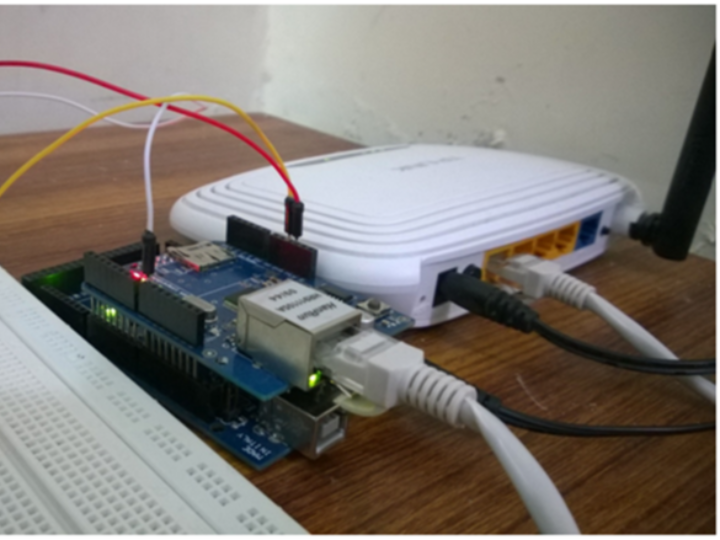How to Use an Arduino as a Web Server
Using an Ethernet shield, you can use an Arduino as a web server.

Original : https://www.allaboutcircuits.com/projects/using-an-arduino-as-a-web-server/
Author : Tim Youngblood
Published On : 2015-06-06
The author describes how to use an Arduino as a Web server. The Arduino Mega2560 and Ethernet shield are used for this.
Arduino Mega2560 is a microcontroller board based on the ATmega2560 microcontroller. It is one of the most powerful and feature-rich boards in the Arduino family, offering 54 digital input/output pins, 16 analog inputs, 4 UARTs (hardware serial ports), a 16 MHz crystal oscillator, a USB connection, a power jack, an ICSP header, and a reset button.
The author provides sources but it needs to log in.
And there are two videos.
The Web server is not a special application in Arduino because most Arduino boards can stack with the Ethernet shield but it is important to transmit data to the ethernet.
Arduino Webserver is a feature of the Arduino platform that allows the creation of web-based user interfaces and applications that can be accessed from a web browser. By using an Ethernet or Wi-Fi shield, an Arduino board can connect to a network and act as a web server, responding to HTTP requests from client devices.
With the Arduino Webserver, it is possible to create custom interfaces for controlling various aspects of an Arduino-based project, such as motors, sensors, and actuators. For example, a user could control a robot's movements by accessing a web page served by the Arduino Webserver, and sending commands through buttons or sliders on the page.
To create a web server with an Arduino, a web server library is usually required. The most common library used for this purpose is the Ethernet library, which enables an Arduino board to act as a client or a server on a network.
The Arduino Webserver opens up a wide range of possibilities for creating web-based control interfaces for embedded systems and Internet of Things (IoT) devices. It is also a great tool for prototyping and testing network-based applications before deploying them on a larger scale.
Thank you for reading.

